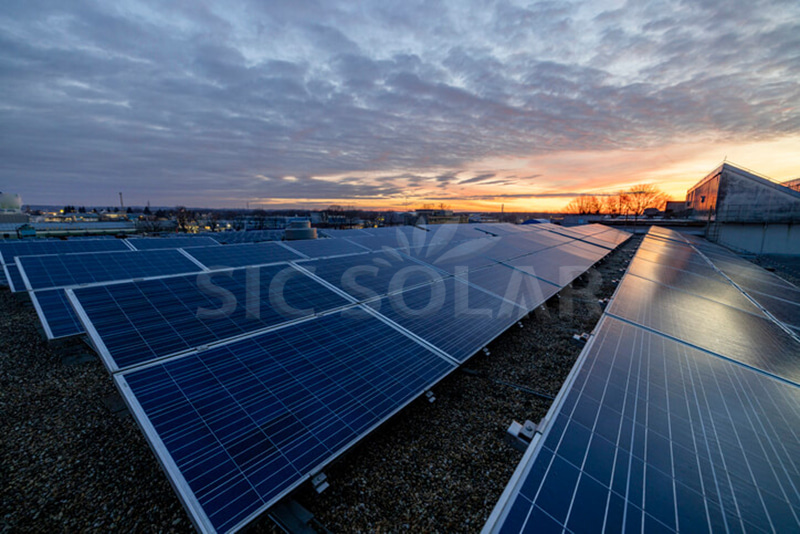The tilt angle of solar panels is a critical factor that significantly influences the energy output of a solar photovoltaic (PV) system. The angle at which solar panels are positioned relative to the sun’s rays can either maximize or minimize the amount of solar energy captured, affecting the overall efficiency and return on investment of a solar installation.
Understanding Solar Panel Tilt Angle The tilt angle is the degree of inclination of the solar panel array from the horizontal plane. It is a crucial parameter that determines the amount of direct sunlight the panels receive throughout the year. The optimal tilt angle varies depending on geographic location, season, and time of day. For instance, a study using the System Advisor Model (SAM) from NREL showed that a solar array tilt angle of 20 to 30 degrees can significantly increase the energy output of the system, with the positive effect being more pronounced in northern cities compared to those closer to the equator.
Role of Mounting Systems in Optimizing Tilt Angle Mounting systems play a vital role in adjusting the tilt angle of solar panels to achieve maximum energy output. SIC Solar, a leading manufacturer of solar mounting structures, offers solutions that allow for adjustable tilt angles and orientations, enabling installers to fine-tune the positioning of solar panels for optimal energy generation.
- Adjustable Tilt and Orientation: SIC Solar mounting systems are designed to provide adjustable tilt angles and orientations, which is particularly important for bifacial solar panels that capture sunlight from both sides. This adjustability allows for the maximization of both direct and reflected sunlight.
- Minimizing Shading and Obstructions: SIC Solar mounting systems are engineered to minimize shading by using narrow support structures and strategically placed components that do not obstruct the rear side of the panels, which is crucial for bifacial panels to capture sunlight effectively .
- Material Selection: The materials used in SIC Solar mounting systems are chosen for their durability, corrosion resistance, and low shading profile. Transparent or light-colored materials can enhance reflectivity, which is beneficial for bifacial panels.
- Integrated Cable Management: SIC Solar provides mounting systems with integrated cable management solutions to keep wiring organized and out of the way, reducing the risk of shading and maintaining a clean installation appearance.
- Customizable Solutions: SIC Solar mounting systems can be tailored to different site conditions, ensuring that the system design maximizes the albedo effect for bifacial panels by selecting the right ground surface and considering the height and spacing of the mounting structures.

The integration of solar mounting systems with bifacial solar panels requires careful consideration of various factors, including panel tilt, surface reflectivity, and shading. By addressing these considerations with mounting systems like those provided by SIC Solar, installers can maximize the energy generation potential of bifacial panels and ensure a successful solar installation. With the right mounting system, the advantages of bifacial solar technology can be fully harnessed, achieving higher energy yields and a greater return on investment.